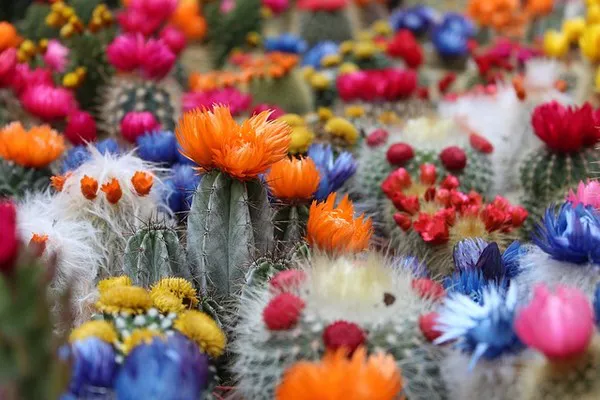Waneka Lake, nestled in Boulder, continues to reveal its surprises to visitors. Amidst scorching temperatures nearing 100°F (38°C), a delightful discovery awaited: a cluster of blooming cactus flowers thriving in the intense heat. Accompanying this spectacle was the industrious honey bee, Apis mellifera, perfectly at ease amidst the vibrant blooms.
Honey bees are renowned as nature’s diligent pollinators, playing a critical role in sustaining ecosystems and agriculture worldwide. Responsible for pollinating around 70% of the planet’s flowering plants, including vital food crops, these bees facilitate fertilization by transferring pollen from flower anthers to stigmas.
An intriguing yet less-discussed interaction involves honey bees and cactus flowers. Cacti, predominantly found in dry climates, boast striking, often large flowers that attract various pollinators. Honey bees excel at pollinating cacti due to their expansive foraging range and efficient pollen collection habits.
Cactus flowers typically open during the day when honey bees are active, sporting vivid colors like yellow, red, and pink that allure bees seeking nectar. Structurally, cactus flowers are ideal for bee pollination, offering copious amounts of pollen and nectar. As bees move from flower to flower, they inadvertently transfer pollen, crucial for cacti reproduction essential to desert ecosystems, supporting diverse species.
The dynamic between honey bees and cactus flowers underscores bees’ adaptability and ecological significance. Their pollination services not only sustain biodiversity but also bolster global agriculture and food security. However, the decline in honey bee populations due to habitat loss, pesticides, and diseases poses a grave threat to these delicate ecological balances, emphasizing the urgency of conservation initiatives.


